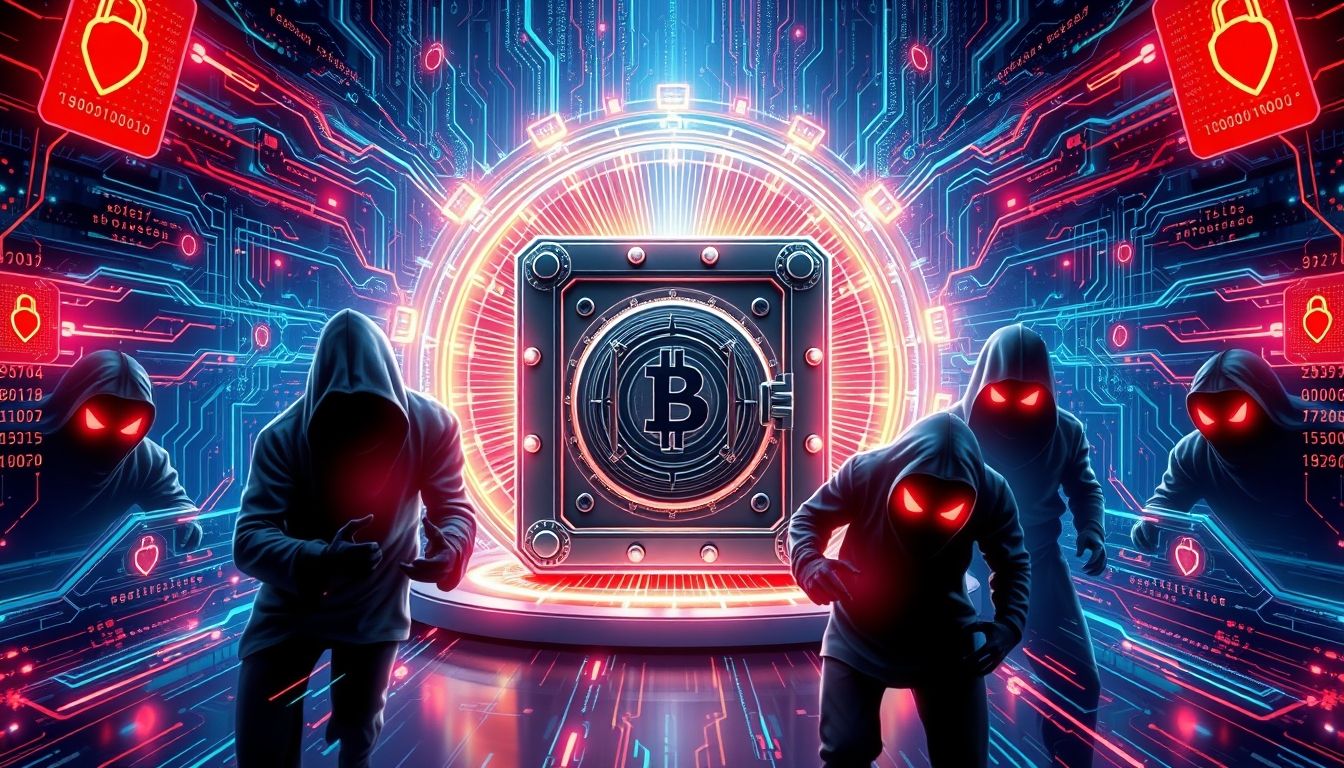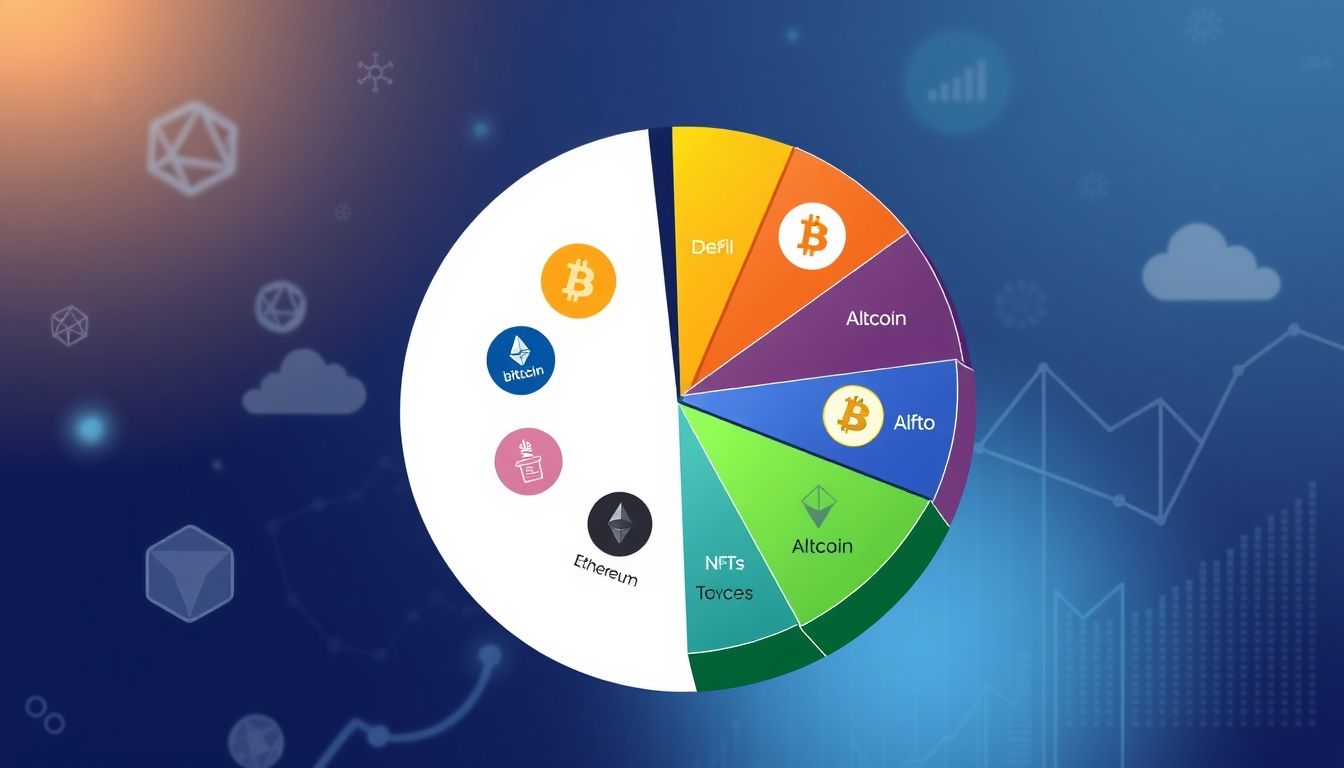Introduction: The Growing Threat of Cryptocurrency Hacking
With the widespread adoption of cryptocurrencies, protecting digital assets has become a pressing necessity. Cyber threats are constantly evolving, targeting cryptocurrency wallets in particular. This article provides a comprehensive guide on how to secure your wallet against hacking, showcasing the latest strategies and best practices.
Chapter 1: Understanding the Risks: Types of Cyber Attacks on Cryptocurrencies
To understand how to secure your wallet, you must first understand the types of attacks you may face:
- Phishing Attacks: Fake emails or websites that try to trick you into revealing your private information.
- Malware: Malicious software that infects your device and steals your private keys or monitors your transactions.
- Ransomware Attacks: Software that encrypts your data and demands a ransom for decryption.
- 51% Attacks: In smaller blockchain networks, a group controlling more than 50% of the mining power can alter the transaction history.
- SIM Swapping Attacks: The attacker takes control of your phone number to obtain two-factor authentication codes.
- Social Engineering Attacks: Psychological manipulation of individuals to reveal sensitive information.
Example: In 2020, the "KuCoin" cryptocurrency exchange suffered an attack that resulted in a loss of over $280 million.
Chapter 2: Cold Storage vs. Hot Storage: Choosing the Right Method for Your Wallet
There are two main ways to store cryptocurrencies:
- Hot Storage: Wallets connected to the internet (such as web wallets and mobile wallets). Easy to use but more vulnerable to attacks.
- Cold Storage: Wallets not connected to the internet (such as hardware wallets and paper wallets). More secure but less convenient for daily transactions.
Tip: Use cold storage for assets you do not need to access frequently, and hot storage for small amounts you use for daily trading.
Chapter 3: Hardware Wallets: Advanced Protection for Your Digital Assets
Hardware wallets are physical devices that securely store your private keys. They are considered one of the safest ways to store cryptocurrencies.
Examples of popular hardware wallets: Ledger, Trezor, KeepKey.
Advantages of hardware wallets:
- Your private keys never leave the device.
- Require physical confirmation for transactions.
- Protected by a password or PIN code.
Disadvantages of hardware wallets:
- More expensive than other wallets.
- May be less convenient for frequent transactions.
Chapter 4: Two-Factor Authentication (2FA): An Extra Layer of Protection
Two-Factor Authentication (2FA) adds an extra layer of protection to your accounts. 2FA requires entering an additional code in addition to the password.
Types of Two-Factor Authentication:
- Time-Based One-Time Password (TOTP): Such as Google Authenticator or Authy.
- Short Message Service (SMS): Less secure than TOTP due to the risk of SIM swapping.
- Universal 2nd Factor (U2F) Security Keys: Such as YubiKey.
Tip: Use a time-based two-factor authentication app instead of SMS for better security.
Chapter 5: Strong Passwords and Password Management
A strong password is the first line of defense against hacking. Passwords should be long, complex, and include a combination of uppercase and lowercase letters, numbers, and symbols.
Tips for creating strong passwords:
- Use different passwords for each account.
- Do not use personal information (such as date of birth or pet's name).
- Use a password manager (such as LastPass or 1Password) to store your passwords securely.
Chapter 6: Securing Your Device: Fighting Malware and Viruses
Your device (computer or mobile phone) that you use to access your wallet must be secured against malware and viruses.
Steps to secure your device:
- Install antivirus software and update it regularly.
- Avoid downloading software from untrusted sources.
- Update your operating system and applications regularly.
- Use a firewall.
Chapter 7: Beware of Phishing
Phishing is an attempt to obtain your personal information by deceiving you. Be wary of suspicious emails and websites.
Signs of phishing:
- Spelling or grammatical errors.
- Unexpected requests for personal information.
- Suspicious links.
- A sense of urgency.
Tip: Always check the URL of the website before entering any personal information.
Chapter 8: Using VPNs to Secure Your Internet Connection
A VPN (Virtual Private Network) hides your IP address and encrypts your internet traffic, making it difficult for hackers to monitor your activity.
When to use a VPN:
- When using public Wi-Fi.
- When accessing your financial accounts from abroad.
Tip: Choose a reputable VPN that does not keep logs of your activity.
Chapter 9: Backup and Wallet Recovery
You should keep a backup of your private keys or seed phrase. If you lose or damage your device, you can restore your wallet using the backup.
Backup methods:
- Write the seed phrase on a piece of paper and store it in a safe place.
- Use a secure storage device (such as an encrypted USB drive).
Important: Do not store your seed phrase on your computer or mobile phone.
Chapter 10: Monitoring Transactions and Reporting Suspicious Activity
Monitor your transactions regularly and check for any suspicious activity. If you notice anything unusual, report it immediately.
How to monitor transactions:
- Use a blockchain explorer to check your transaction history.
- Set up alerts for large transactions.
- Check your wallet balance regularly.
Conclusion: Securing a cryptocurrency wallet requires a comprehensive approach that includes understanding the risks, choosing the appropriate storage method, using available security tools, and staying informed about the latest threats.




